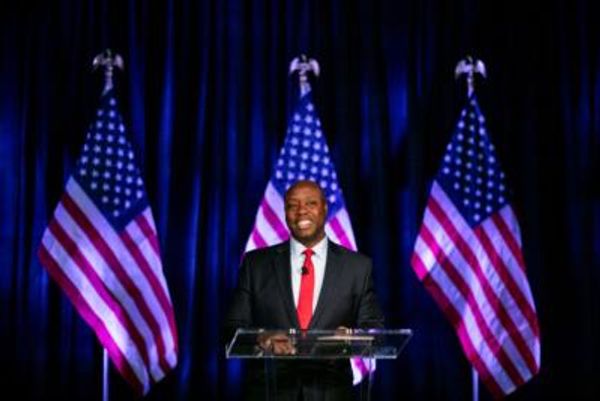
Federal Court Justice Michael Lee is doing his level best to maintain a balance of good humour and judicial seriousness in Bruce Lehrmann’s defamation trial against the Ten Network, but it’s a tough gig.
In the tortured context of the case’s background, the emergence of secretly recorded conversations is hardly a surprise. This week the judge has had to contend with two varieties: Brittany Higgins’ recordings of her 2021 conversations with her then-minister Michaelia Cash and Cash’s chief of staff; and a very recent recording of Higgins’ lawyer Leon Zwier chatting with her fiancé David Sharaz in the Park Hyatt’s Lobby Bar in Sydney.
“But it’s illegal!” exploded social media, the consensus verdict being that a) it was obviously Murdoch behind the spycraft, b) it was a crime, and c) therefore it can’t be used as evidence.
Rubbish, all of it. First, all we know as fact is that someone recorded Zwier and Sharaz talking and that the recording ended up in the hands of Sky News’ Sharri Markson, who put it to air. We don’t know who made it and it’s silly to speculate — as it is to insist there’s a direct link with Lehrmann’s barrister Steve Whybrow asking Higgins the following morning whether anyone had given her advice about her evidence.
Second, as should have dawned on anyone vaguely familiar with this case, it is never possible to declare with absolute confidence that any act constitutes a crime. Yes, there is an offence (in NSW, as in all other jurisdictions) covering the recording of a private conversation without the consent of all parties to the conversation. It has numerous elements and there are also significant defences. A crime requires proof, beyond reasonable doubt, of every element. That’s always hard.
Lee pointed to just one of the problems a prosecution of the person who made this recording might face: based on the news stories, it is “certainly arguable” that the conversation “would not fall within the definition of a private conversation”. Apparently it took place in a public bar, and evidently it was loud enough for others to overhear (and record). That may take it outside the definition altogether, meaning that recording it wasn’t an offence at all.
If not a crime, the recording may still have been unlawful, in the sense that it infringed the personal legal rights of the participants. They could theoretically have a case for invasion of privacy if they could identify the wrongdoer and if they could be bothered. It wouldn’t add up to much in damages, whatever embarrassment they’ve suffered is on them.
Which brings us to the most pertinent question: what is the legal status of the fruit of the poisoned tree? As with much non-lawyer legal commentary in Australia, the main source of precedent here is the American TV show Law & Order. In the United States, the law is rigid: illegally obtained evidence is almost always inadmissible.
But this is not America. Australian law has always adopted a more nuanced position on the usability of evidence with a shady origin, going back a long way into High Court authorities and now entrenched in our evidence laws.
The basic principle is a balancing act: when presented with evidence that was obtained in a non-kosher way, the court must ask itself whether its “probative value” outweighs any “prejudicial effect”. If so, it’s in.
Probative value is a qualitative measure: how important, material, significant or game-changing is the piece of evidence? As for prejudice, that has a few different facets. It plays much more strongly in a jury trial because it’s assumed that jurors are susceptible to poor judgment in ways judges are not. It also brings in the general notion that the courts don’t want to encourage illegal evidence-gathering, by police or anyone else.
A key question is always: what is the precise purpose for which the court is being asked to accept the evidence? In the case of the recordings made by Higgins (which, while done without consent, were most likely lawful because she was protecting her own legal interests, a good defence), Lee has allowed them into evidence at Whybrow’s instance, on the basis that they will be used only in relation to Higgins’ credit as a witness. The judge made it clear that they cannot be wielded as evidence of what was said in the recorded conversations.
The conversation between Zwier and Sharaz included a lively discussion about how Higgins should answer questions during her cross-examination, which was then in train. It is, of course, a seriously bad thing for anyone to try to influence or coach a witness on their testimony — at least a contempt, potentially a crime. However, there is no evidence that any of what Zwier said to Sharaz was conveyed by either of them to Higgins, and I’m not suggesting it was.
So what relevance could it have? That’s for the party who seeks to make something of it to argue, and for the judge alone to determine. If relevant to some issue in the case, or at least a witness’ credit, then he’ll have to consider whether to let it in, having considered the probative value/prejudicial effect equation.
The spectacle rolls on, scattering both unhelpful conspiracy theories and arcane legal learnings in its wake. We’ll all be more educated, and less enlightened, when it’s over.







